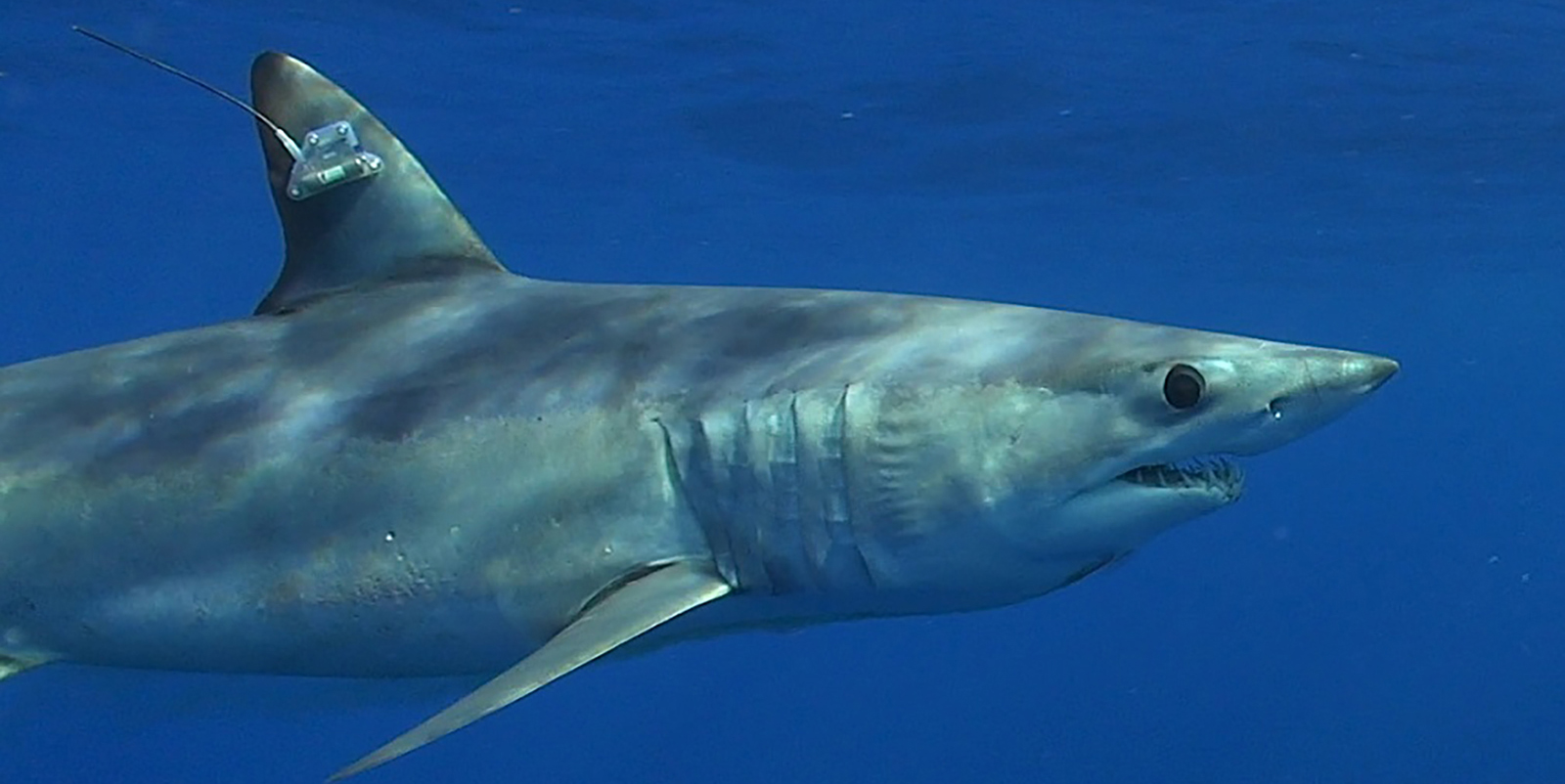New Book Chronicles Dragonflies of Rhode Island
March 5, 2021
Those curious about dragonflies and damselflies — the colorful, predatory aerialists seen at nearly every pond, lake, stream, and river in summer — now have a new source of information about the numerous species found in Rhode Island.
Virginia “Ginger” Brown, the state’s leading dragonfly expert, recently authored and published a book called “Dragonflies and Damselflies of Rhode Island.” The book will help readers learn about the natural history, distribution, and abundance of the state’s 139 species of odonates, the insect order that includes dragonflies and damselflies. The book was published in February by the Rhode Island Department of Environmental Management’s Division of Fish and Wildlife, its third volume about local wildlife.
“The book is designed for beginning naturalists, experienced naturalists, conservation groups, and just about anybody with an interest in the outdoors, like fishermen who see dragonflies when they’re fishing,” said Brown, a resident of Barrington who also wrote “The Dragonflies and Damselflies of Cape Cod” in 1991. “It’s not something you’re going to carry with you in the field, but it’s a reference to help you identify and learn about every dragonfly and damselfly in Rhode Island.”
The 384-page book features profiles of each species, including habitat characteristics, range, behaviors, dates when they are active locally, and a map indicating where they have been observed. All of the illustrations are by artist and entomologist Nina Briggs of Wakefield.
Most of the data for the book was collected between 1998 and 2004, when Brown organized an extensive citizen science project that culminated with the publication of the “Rhode Island Odonata Atlas,” a statewide inventory of dragonflies and damselflies. About 70 volunteers participated in the creation of the atlas, visiting more than 1,100 ponds, lakes, streams, rivers, and other sites in every community in the state to document as many species as they could find. More than 13,000 specimens were collected and identified.
“A large amount of what we know about odonates in Rhode Island was generated by those volunteers, many who had no experience with insects before,” said Brown, a biologist who used to work for the Rhode Island Natural History Survey. “I didn’t know how much they would be able to do and how many records they would produce, and I didn’t know if they would like getting up to their knees in the muck or how successful they’d be at swinging at net to catch them. It was so much fun to work with all of those people.”
Among the findings highlighted in the book was the discovery of several species never before recorded in New England, including the southern sprite and coppery emerald, both of which are southern species that Brown didn’t expect to find in the Ocean State. A species from the far north, the crimson-ringed whiteface, was also a surprise discovery.
Another new species for Rhode Island, the unicorn clubtail, turned out to be much more common than anyone imagined.
“We ended up finding it at 60 sites in all five counties in the state, making it a pretty ubiquitous critter,” Brown said. “It’s something that occurs in ponds without a lot of vegetation, a habitat that doesn’t look particularly intriguing and that may not have a lot of other species in them. It’s a new record for the state, but it turned out to be in 26 towns.”
Brown was especially pleased with the variety of dragonfly and damselfly species found throughout the state, and was surprised to find high diversity at unlikely places, such as the Blackstone River.
Overall, more than 100 species were recorded in five communities, and at least 90 species were found in an additional seven communities.
Not all of the data for Brown’s book came from the atlas project. Brown and several other entomologists collected some data independently in the years prior to the atlas, and additional information was added while the book was being written and designed.
After the “Rhode Island Odonata Atlas” was completed, the scientists concluded that a damselfly called the northern spreadwing was actually two different species, so Brown had to sort through her records to determine which of the two species were represented at the Rhode Island sites where they were found. And when an unexpected species called the Allegheny river cruiser turned up in Connecticut, she sorted through her records again to see whether any of the Rhode Island records of a very similar species, the swift river cruiser, were misidentified.
“That’s when I learned to never make assumptions,” Brown said.
With her latest book finally completed, Brown is planning to revisit some sites to confirm that some of the rarer species are still in the waterbodies where they were initially found.
“We’ve had some population loss going on, so we need to get back to check on species of greatest conservation need,” she said. “The 2010 floods knocked out some small dams, which drained some ponds, and that might be the reason for some of these losses. With more extreme rainfall events associated with climate change, we could have more ruptured dams and more population losses.”
Dragonflies and Damselflies of Rhode Island is available for $25, which includes shipping, and can be bought by emailing [email protected].
Rhode Island resident and author Todd McLeish runs a wildlife blog.



